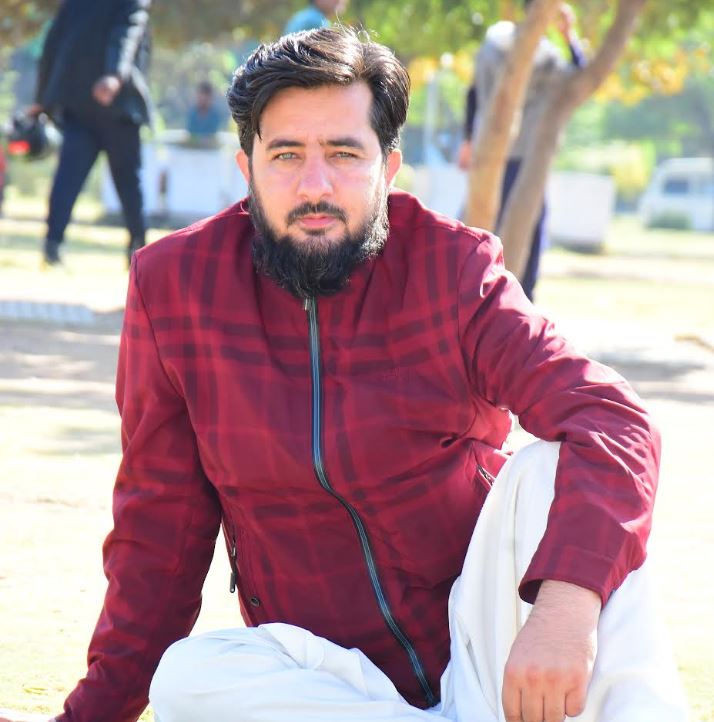
There exists a latent or residual curiosity among a number
of Afghans, though reluctantly and or inexplicably unexplored by credentialed
Western authors of repute, as to the where and when of the late [*] Ahmad Shah
Massoud’s initial contact with the Soviet Intelligence apparatus. Amongst a
loyalist legion of Western authors and academicians, Ahmad Shah Massoud remains
for all-time; the fabled Lion of the
Panjshir, who’s storied wartime exploits rival those legendary warriors
featured in Ernest Hemingway’s epic guerrilla (1940) saga, For Whom the Bell Tolls which pits volunteer American professor,
Robert Jordan in solidarity with the Spanish Loyalists against Franco’s Fascist
forces in the Spanish Civil War.
The distinction between fiction and reality is, however,
often blurred by propaganda, foreign intelligence initiatives, misinformation;
accidental and premeditated, emotive influences and commonly, personal
relationships that oftentimes develop between the subject and the attending,
requisite journalists. The foregoing
background information surrounding Ahmad Shah Massoud’s relationship and
attendant time line with Soviet Intelligence is gleaned from the respective
memoirs of Leonid Shebarshin and Oleg Kalugin, ranking former First Department
(Foreign Intelligence) KGB officers with Afghanistan experience. Translation
of the respective journals was performed by Professor Ian Helfant, Department
of Slavic Languages and Literature, Harvard
University.
Though exposed to Marxist-Leninist thought as a student at
the Soviet built and staffed Polytechnic Institute, it is now believed that
Ahmad Shah Massoud’s initial contact with the Russian Secret Services took
place in Lebanon
during the latter portion of the 1970s. (1) Following his failed conspiracy and
armed rebellion (1973-1975) against Daoud, Massoud went into emigration (Egypt, Libya
and Lebanon), actively
participating in military and terrorist operations as a member of Palestine military
groups. While in Libya,
Massoud underwent guerrilla and sabotage training at Soviet training
facilities. (2)
At that juncture in history, Palestinian militant groups
became subordinate to and under KGB control. According to Oleg Kalugin, former
Major General, KGB Foreign Counter-Intelligence, “the KGB had close ties with
Palestinians and other terrorist groups in Lebanon,
Africa, Pakistan
and elsewhere.” Arms, cash and military
advisers were routinely provided to the various guerrilla organizations
displaying Marxist orientation. Among their ranks were KGB agents and advisers
who facilitated every detail of command and control of operations. So complete
was KGB penetration of militant groups that “strong ties” were even forged with
Chairman Yassir Arafat. (3)
Assassinations and kidnappings were routine operations for
the KGB control groups. Recruitment of “assets” (agents) for future use was
also a common occurrence among the Palestinian groups. (4) Nothing of a
politico-military nature occurred in Lebanon at that time without the
knowledge and prior-approval of KGB case-officers. In KGB parlance these
operations were known as “active measures.”
Though the fateful decision to invade Afghanistan had not as yet been taken, (3/1979),
deliberations as well as contingency plans were under constant evaluation and
discussion by Moscow
during this time frame. (5)
Massoud, as a political tour de force, was at that time a
non-entity…a virtual unknown on the world stage. However, what commanded the
attention of the KGB was multi-faceted. First, was the fact that here was an
Afghan émigré’ amongst the ranks of Arab militants, second was Massoud;’s
predisposition to work with the intelligence services and his alleged ties to
the ISI during the planning of the abortive coup against Daoud, but perhaps most
important was his professed ideological orientation and acute obsession with
leftist revolutionaries…Che Guervara, Mao, and Fidel Castro among others.
Notes:
(1)
The Hand of Moscow,
Leonid Shebarshin, Progress Press, 1992, pp. 177-214.
(2)
Ibid
(3)
The First Directorate, My 32 Years in Intelligence and Espionage
against the West, Oleg Kalugin, ST. Martin’s Press, 1994, pp. 164-165.
(4)
Ibid
(5)
The ‘Bulletin’, Cold War in History Project, Woodrow Wilson
International Center for Scholars, Washington, D.C., Fall 1994, pp. 75-76.
[*]Assassinated 9/9/01, alleged by Western Intelligence to have been as
directed by the issuance of a fatwa by Osama bin Laden though as yet
unsubstantiated.
** Translations of Russian language text performed by Professor Ian
Helfant, Department of Slavic Languages and Literature, Harvard University.
Portions of the foregoing text previously published in Afghanistan, a
‘Search for Truth’, Bruce G. Richardson, Free-Forum Press, 2009, pp. 31-32.
Bruce G. Richardson


